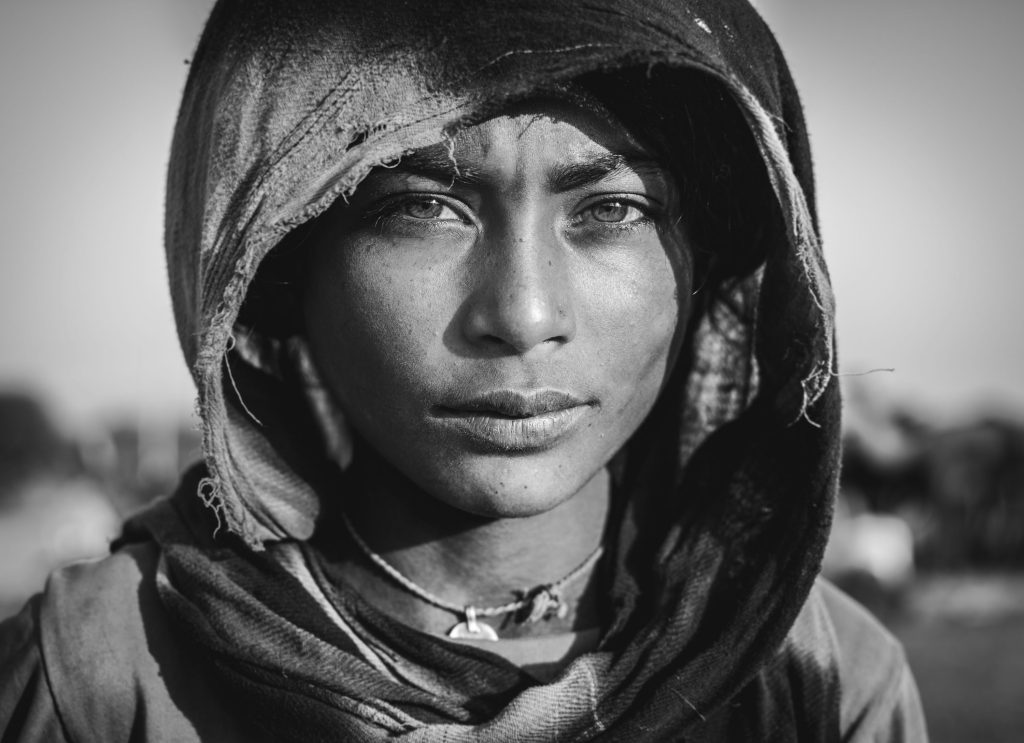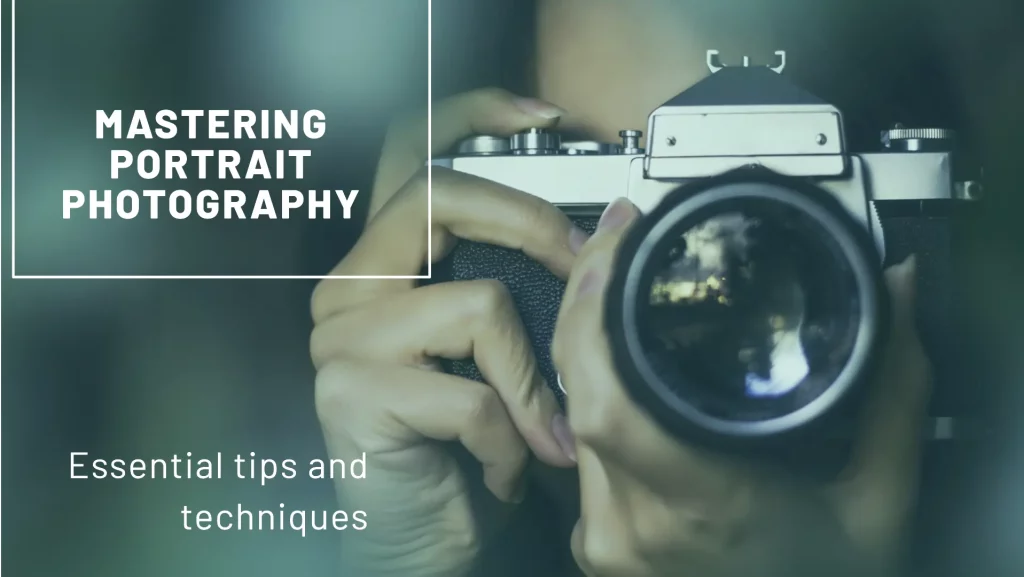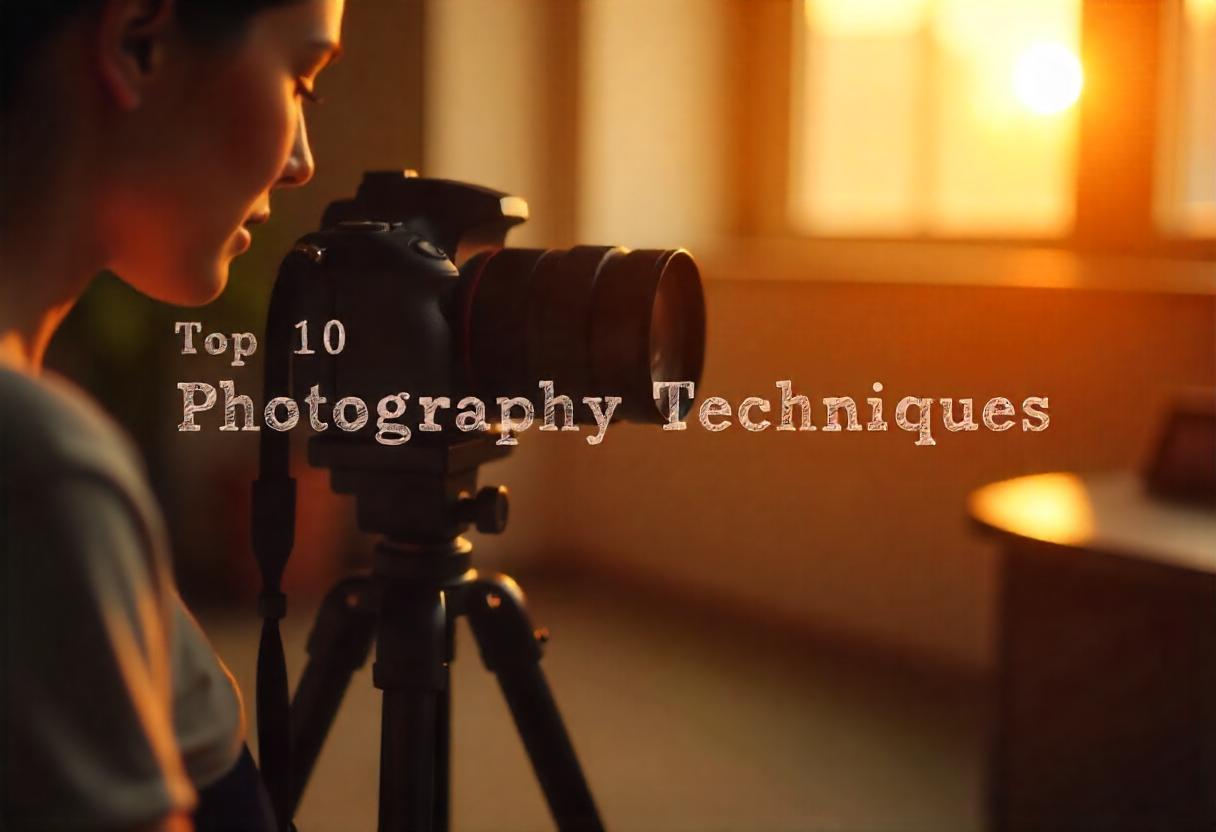What is Portrait Photography: Key Tips & Techniques?
A great Portrait goes beyond just the Photograph—it’s a glimpse into someone’s world. It helps in capturing raw emotions, subtle expressions, and personal stories that words cannot convey.
According to a report, over 1.94 trillion images are uploaded online daily. Therefore, merely possessing the Photography skills isn’t enough in today’s competitional realm, creativity and the right techniques forms an equal role. However, if you are looking to upskill yourself, look for Photography Courses Near Me, like AAFT, for hands-on training and expert guidance.
In this blog, we will explore Portrait Photography’s fundamentals, its distinctive styles, and important techniques to create impactful and visually compelling Portraits. So, whether you are a beginner or a seasoned Photographer, enrolling for the Photography Courses Near Me can help you develop a profound lighting, composition, and storytelling understanding. Let’s begin!
What is Portrait Photography?
Portrait Photography is a widely recognized photography style that focuses on capturing a person’s personality, emotions, and identity. This is achieved by using background, lighting, and poses carefully to enhance the subject’s presence in the image.
Do you want free career counseling?
Ignite Your Ambitions- Seize the Opportunity for a Free Career Counseling Session.
- 30+ Years in Education
- 250+ Faculties
- 30K+ Alumni Network
- 10th in World Ranking
- 1000+ Celebrity
- 120+ Countries Students Enrolled
The term “Portrait” can also refer to the image’s vertical orientation (in contrast to landscape orientation). While most Portraits are taken in a vertical format, they can also be captured in landscape mode, depending on the approach by the Photographer.
Portrait Photography may seem a straightforward step, but mastering it requires the right blend of skills, practice, composition, lighting, expression, and understanding to create images that are both formal and structured.
Types of Portrait Photography
Portrait Photography includes distinctive styles, ranging from Portraits that are both formal and structured to creative and spontaneous ones. Each of its types has a distinct purpose, technique, and setting.
Book Now →
Whether you are an aspiring Photographer or a professional looking for crafting skills refinement, exploring Photography Courses can help you master these styles and develop a unique artistic approach. Here’s a detailed look at some of the most common Portrait Photography types and what makes them unique:
1) Conceptual Portraits
Conceptual Portraits use symbolism, staging, and Post-production techniques to display emotions, ideas, or abstract themes. These Portraits are often artistic and thought-provoking, allowing Photographers to experiment with surreal elements and unique compositions. Additionally, many conceptual portraits serve as a medium for personal expression and visual storytelling.
2) Glamour Portraits
Glamour Portraits lay a strong emphasis on beauty, style, and confidence, often through professional settings, makeup, and lighting techniques. The key focus is on the subject’s feature enhancement and creating a visually striking image. Moreover, unlike Fashion Photography that showcases clothing and accessories, Glamour Portraits highlight the elegance and presence of the individuals.
Do you want free career counseling?
Ignite Your Ambitions- Seize the Opportunity for a Free Career Counseling Session.3) Group Portraits
Group Portraits comprise multiple subjects, such as families, couples, colleagues, or friends, arranged in their relationship showcasing. The goal is to capture the individual’s connection, whether it’s love, teamwork, or unity. These Portraits require careful composition and positioning to ensure the visibility and well-lightness of every person.
4) Traditional Portraits
Traditional portraits are formal, posed images typically taken in a controlled studio setting with highly professionalized lighting. The subject is often positioned to face the camera directly, creating a polished and timeless look. These Portraits aim to highlight a person’s essence and are widely leveraged for official photos, historical figures, and personal keepsakes.
5) Environmental Portraits
Environmental Portraits highlight both the subject and their surroundings for deeper context and meaning. These images often reflect a person’s profession, lifestyle, or personal identity by incorporating relevant background elements. For example, a Chef in a bustling kitchen or an Artist in their studio.

Essential Techniques for Stunning Portraits
Portrait Photography is more than just face capturing—it’s about evoking a story, emotions to create visually compelling images. Moreover, if you are looking to master advanced techniques like Aperture Control, lighting setups, and post-production editing, you should consider taking Photography Courses Near Me to attain in-depth learning and hands-on experience. Here are some of the essential stunning Portrait Photography techniques:
1) Aperture and Depth of Field
The aperture controls the Depth of Field, analyzing the remaining sharp focus of the image, such as the center point. A wide Aperture (low f-number, f/1.8 or f/2.8) creates a Depth of Field that is shallow, making the subject stand out through background softening. This technique is useful, especially for drawing attention to key facial features, such as the eyes and expressions, adding depth and emphasis to portraits.
2) Shutter Speed for Sharp Images
Shutter Speed plays a crucial role in motion blur prevention. A good Rule of Thumb is to leverage a Shutter Speed that is at least double times the lens’ Focal Length (e.g., 1/100 sec for a 50mm lens). This helps ensure the crispiness and clarity of captured Portrait, especially during low-light shooting or amidst slight subject movements.
3) Lighting and Composition for Impactful Portraits
Lighting is a crucial Portrait Photography element that shapes the mood and highlights the subject’s features. Understanding different lighting techniques helps Professional Photographers to create their desired effect. Moreover, techniques like the Rule of Thirds, leading lines, framing, and negative space help in image balancing and guide the viewer’s eye toward the subject.
Portrait Photography Tips for Beginners
Portrait Photography is more than just facial capturing; it’s about storytelling, showcasing emotions, and creating visually engaging images. Whether you are using a Smartphone or a professional Camera, applying the right techniques can enhance your Portrait Photography proficiency through enrolling in the Photography Course. Here are some key tips to click picture-perfect Portrait Photographs for beginners:
1) Make the Most of Natural Light
Lighting is one of the most crucial Portrait Photography elements. Natural light enhances skin tones, enables harsh shadow reduction, and adds a soft, flattering Portrait look. To achieve the best results:
- Shoot either during the early morning or late afternoon for warm, diffused light.
- Indoors, place your subject near a window or doorway to make use of natural reflections.
- Avoid harsh midday sunlight for creating unflattering shadows. Instead, look for shaded areas for softer lighting.
2) Choose a Simple Background
A cluttered background can sway away from your subject and make the image look chaotic. To maintain focus on your subject:
- Use clean, minimalistic backgrounds for a catchy Portrait.
- If you cannot avoid the background, utilize a wide Aperture (low f-number like f/1.8 or f/2.8) to blur it out for a beautiful Bokeh Effect.
3) Use Space Creatively
Composition plays a significant role in creating balanced and engaging Portraits. Leaving negative space around your subject can:
- Provide a sense of openness and depth.
- Guide the viewer’s eye naturally to the subject.
- Allow for creative storytelling by incorporating elements that complement the Portrait.
4) Help Your Subject Feel Comfortable
A Portrait transcends beyond just an image; it’s an expression of the subject’s personality. To capture genuine emotions:
- Engage in conversation and keep the atmosphere relaxed and enjoyable.
- Give your subject something to do, such as object holding, their clothing adjustment, or moving naturally.
- Encourage spontaneous movements and interactions to capture authentic expressions.
5) Apply the Rule of Thirds for Better Composition
The Rule of Thirds is a key photography principle that enables the creation of balanced and visually appealing Portraits. To use this technique:
- Divide the frame equally into a 3×3 grid and place the subject’s face or eyes along the intersecting lines rather than in the center.
- Introduce a secondary element (counterpoint) in the opposite section of the frame to add balance and storytelling depth.
- This simple yet effective technique makes Portraits more dynamic and aesthetically pleasing.
6) Focus on the Eyes for Stronger Impact
The eyes are often referred to as the “windows to the soul” and act as any great Portrait’s focal point. To enhance your subject’s eyes:
- Ensure sharp focus on the eyes, especially when using a shallow Depth of Field.
- If you are using Autofocus, set it to Eye AF (Eye Auto-focus mode) to gain better precision control.
- Catchlights (light reflections in the eyes) add life and vibrancy for a more expressive subject.
7) Don’t Always Force Direct Eye Contact
While direct eye contact can create an engaging Portrait, allowing your subject to look away from the camera can evoke different emotions:
- A side glance adds curiosity and intrigue.
- A downward look can create a reflective or moody feel.
- Looking into the distance can add a sense of mystery or longing.
8) Experiment with Creative Framing
Instead of always shooting straightforward Portraits, use creative framing techniques to put interest to your shots:
- Incorporate foreground objects (such as leaves, hands, or mirrors) to create a layered effect.
- Use architectural elements like windows, door frames, or fences for your subject’s framing in a natural form.
- Try shooting through objects (e.g., glass, curtains, or reflections) to create a composition that is more artistic and unique.
9) Play with Light and Shadows
Lighting is not just about brightness—it’s also about mood and dimension creation. To enhance your Portraits:
- Use soft side lighting to sculpt the subject’s face and add depth.
- Experiment with shadows to highlight dramatic contrasts.
- Convert your Portraits to black and white for a high-contrast, artistic look.
10) Experiment with Distinctive Angles and Perspectives
The angle you shoot from can dramatically change the message and mood of a Portrait:
- Shooting from above makes the subject look smaller, more delicate, or introspective.
- Shooting from below creates a sense of power and authority.
- Side angles or unconventional perspectives add an artistic and dynamic feel.
Conclusion
Portrait Photography is more than just capturing images—it is an artistic form that tells stories, conveys emotions, and preserves identities. By mastering lighting, composition, and posing techniques, Professional Photographers can create Portraits that are highly impactful and powerful.
Whether you are a beginner or a seasoned professional, learning and experimentation continuously are key to improving your skills through Photography Courses Near Me. Every Portrait you take is an opportunity to create a timeless masterpiece—so keep exploring, keep practicing, and keep capturing stories.
Take your passion further with a Photography Course in Delhi at AAFT (Asian Academy of Film and Television). With expert training and hands-on experience, AAFT helps you transform your Photography dreams into reality!

AAFT has been providing the world with limitless creativity and expression since 1993! Through a dynamic and industry-driven curriculum, AAFT provides engaging and captivating articles to persuasive blogs and empowers its readers to explore diverse avenues of creative media education-related content.






